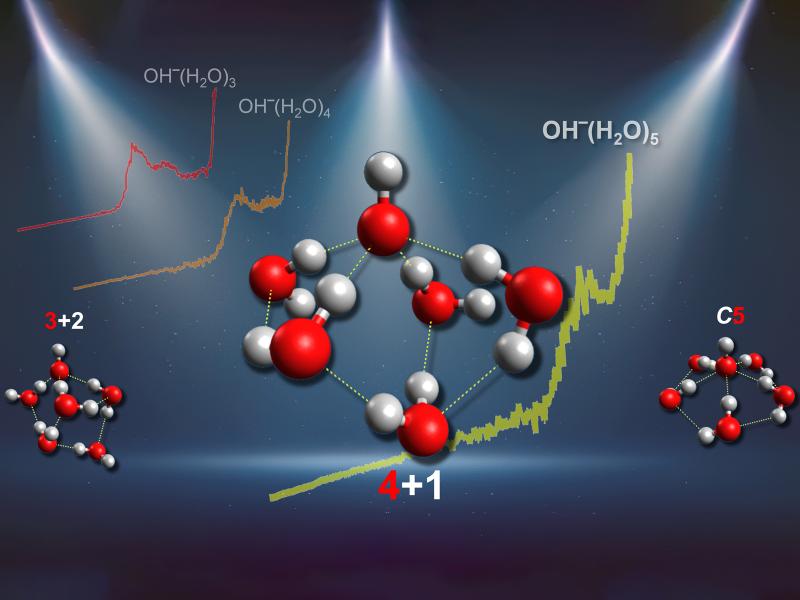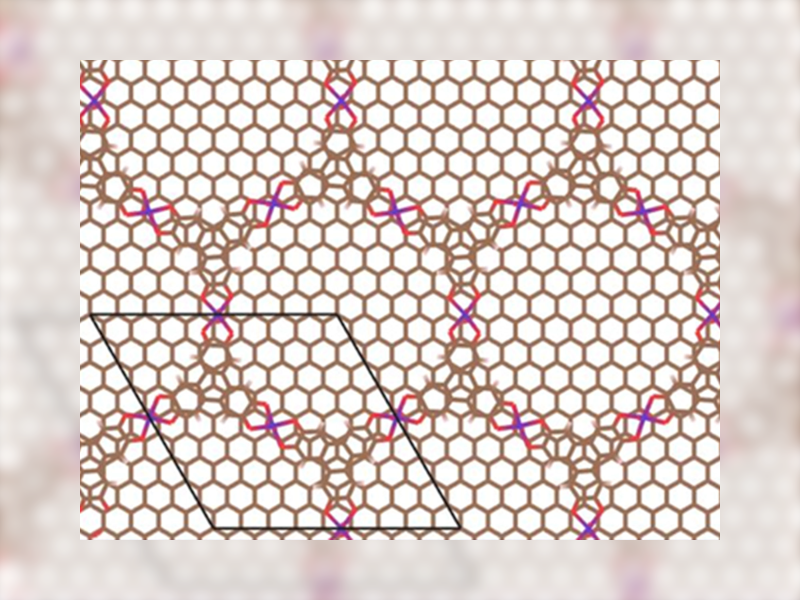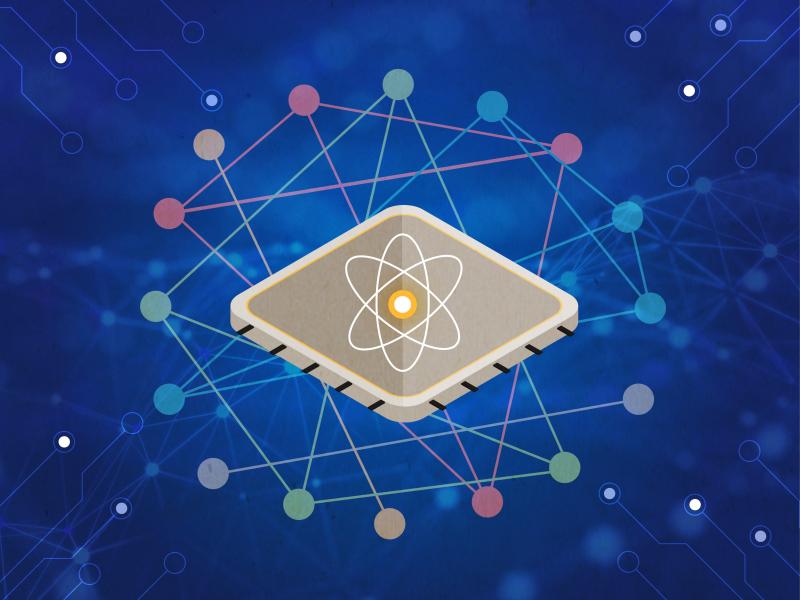
Computational
Chemistry
Computational
Chemistry
Researchers at Pacific Northwest National Laboratory (PNNL) have pioneered the field of computational chemistry, with decades of enduring and impactful research integrating theory and experimentation. Our researchers develop methods for understanding the physics and chemistry of intermolecular interactions to reliably reproduce experimental observables, extending our understanding of chemical reactivity from the molecular scale to collective phenomena in systems across a broad range of length and time scales. This provides the groundwork for PNNL’s signature capabilities in developing and applying computational methods to study the properties and processes of complex systems.
Computational chemistry research at PNNL includes:
- ultrafast chemistry to probe the dynamics of electron and proton transfer, understand energy flow, and elucidate structural dynamics;
- the study of the transport of ions and molecules at liquid and mineral interfaces—in particular, aqueous interfaces—to understand solvation structure and the factors that control solvation energies at interfaces;
- investigations into chemical reactions in liquids and at liquid and mineral interfaces to understand the energetic and dynamic factors controlling the mechanisms and rate of reactions;
- characterization of key biochemical and biophysical features of enzymatic processes related to the production of a suite of small energy carriers;
- determination of the structure and energetics of nanostructured metal oxide materials to provide the basis for understanding the reactive nature of these novel materials;
- developing a fundamental understanding of structure–function relationships to support the design and synthesis of tailored materials for improved separations;
- examining electron transfer at interfaces of metal oxides, including nanostructured materials, to understand the factors controlling the reactivity of nanoscale materials; and
- the development of new algorithms and application protocols to study molecules and materials across length and time scales, using widely adopted open-source codes (e.g., NWChem, CP2K, LAMMPS, GROMACS).
Our research teams are also developing quantum algorithms to study chemistry on quantum computers. Much of this work is built from the backbone of the open-source NWChem computational chemistry code, which is developed and maintained at PNNL.
Research Centers and Facilities
PNNL has several research centers and facilities with projects and thrust areas dedicated to computational chemistry. Our Computational and Theoretical Chemistry Institute is a premier international center for scalable computational chemistry software and methods development. Theoretical chemistry and computational modeling help scientists in the Institute for Integrated Catalysis better understand the structure and properties of working catalysts, informing preparation of novel catalysts and reaction routes.
The development of new computational tools and theory is one of the cross-cutting themes of the Ion Dynamics in Radioactive Environments and Materials (IDREAM) Energy Frontier Research Center. Two initiatives—Adaptive Tunability for Synthesis and Control via Autonomous Learning on Edge (AT SCALE) and Non-Equilibrium Transport Driven Separations (NETS)—include significant computational components in their portfolios. AT SCALE researchers are using computational models to inform machine learning and artificial intelligence systems to move toward autonomous materials synthesis. NETS researchers are developing theory to describe how separations systems behave at far-from-equilibrium conditions. PNNL leads two computational chemistry focused centers: the Center for Scalable Predictive Methods for Excitations and Correlated Phenomena (SPEC) and the Center for Many-Body Methods, Spectroscopies, and Dynamics for Molecular Polaritonic Systems (MAPOL). SPEC is focused on developing the theoretical and computational capabilities needed to advance analysis and simulate data being produced by light sources. MAPOL is developing a suite of theoretical frameworks, spanning low-order to high-level many-body methods to capture the structure and dynamics of molecular polaritonic systems.
Computational chemistry can help researchers solve complex problems in chemistry using state-of-the-art computing facilities to provide insight into chemical, biological, material, and geochemical problems at the molecular and nanoscale level. Our research teams here at PNNL are advancing computational chemistry, from code development to emerging implementation paradigms.


